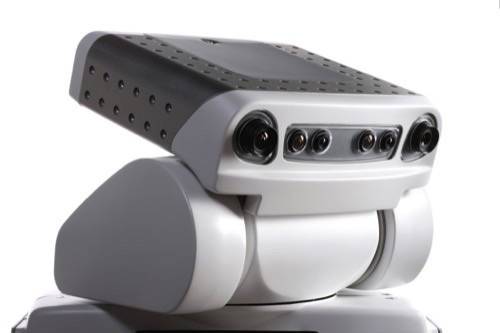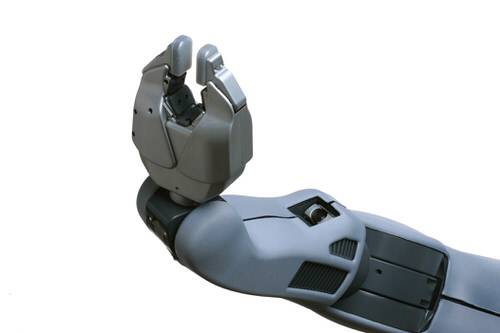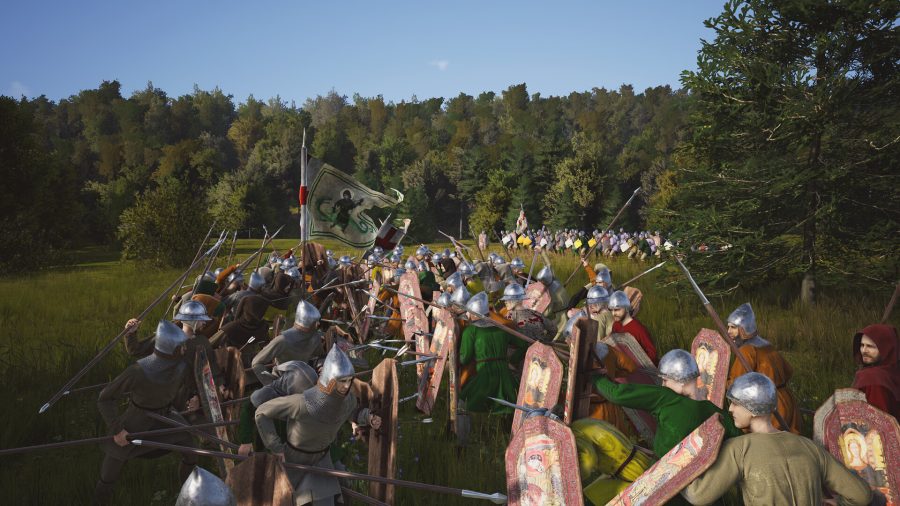
Ever wonder why it has taken so long for your robot butler to arrive? It’s 2013, so why aren’t those long-promised robotic domestic servants helping out around the house yet?
One reason for the delay: Robot engineers lacked a common platform on which to communicate and collaborate with one another. Robotic hardware and software systems had to be built from the ground up every time.
Open Source Robotics
But just as open-source operating systems for computers have amped up digital innovation, the robotics industry has undergone a similar transformation over the last five years. Ever since the advent of ROS (Robot Operating System), an open-source platform on which engineers could build robotic programs and apps, robotic innovation has picked up speed.
On Friday, robot engineers from around the world gather for the second annual ROScon in Stuttgart, Germany. Meanwhile, ROS has become a requirement for several high-profile DARPA (Defense Advanced Research Projects Agency) robotics projects – in this year’s DARPA Robotics Challenge, every contestant will use ROS.
“ROS has also started to appear in job listings and on resumes,” said Tully Foote, ROS Platform Manager at the Open Source Robotics Foundation (OSRF). “At robotics conferences and presentations, most people are using ROS on their robots,” Foote said, “and those who are not often justify why the are not using ROS if they are not.”
“ROS is distinguished by its focus on building a community of collaborators,” Foote added. “From its inception, ROS has been designed to facilitate sharing of the software between members of the worldwide robotics community.”

Leveling The Robotics Playing Field
Steve Rainwater, a robotics expert and blogger at Robots.net, agrees that ROS is today’s “leading software framework for robotics,” because it integrates exceptionally well with prior robotics research frameworks.
“There have been other projects that tried to write complete robot operating systems from the ground up, but where [ROS creators] Willow Garage got it right is they understand how open source works,” Rainwater said. “They invent the parts they need and integrate them with the parts that already exist.”
ROS “keeps the playing field level to an extent between students and hobbyists at one end of the spectrum and governments and universities at the other,” Rainwater added. “Improvements to robot software can come from either end of that spectrum and because of the way free software licenses work, everyone’s contributions are accessible to benefit the entire community.”
How ROS Works
Robotics research center Willow Garage invented ROS to solve the common platform problem. Today, the platform is overseen by the nonprofit OSRF to ensure that is remains easy to share and distribute.
As an example of how ROS works, imagine you’re building an app. That app is useless without hardware and software – that is, your computer and operating system. Before ROS, engineers in different labs had to build that hardware and software specifically for every robotic project. As a result, the robotic app-making process was incredibly slow – and done in a vacuum.
Now ROS, along with complementary robot prototypes, provide that supporting hardware and software. Robot researchers can shortcut straight to the app building. And since other researchers around the world are using the same tools, they can easily share their developments from one project to another.
What Hath ROS Wrought?
The PR2, Willow Garage’s most sophisticated robot (built on ROS), has been prototyped to a variety of apps already. It can walk the dog, fold the laundry, bring you a beer and even plug itself in when it senses its battery is running low. At $400,000, it’s designed for researchers, not customers, and only 60 exist so far.
“One of the ones I consider most impressive is the PR2 and Rosie making pancakes in Munich,” said Foote. “This is a demonstration of situational awareness, multiple robots coordinating, perception of deformable objects and they are doing it repeatedly with many visitors watching.”
We’re still a long way from affordable, personal robot assistants doing real work in homes and institutions. But the common ROS platform is helping roboticists create workable robot butlers – and many other useful robotics applications – far sooner than would have otherwise been possible.
Images courtesy of Willow Garage.










